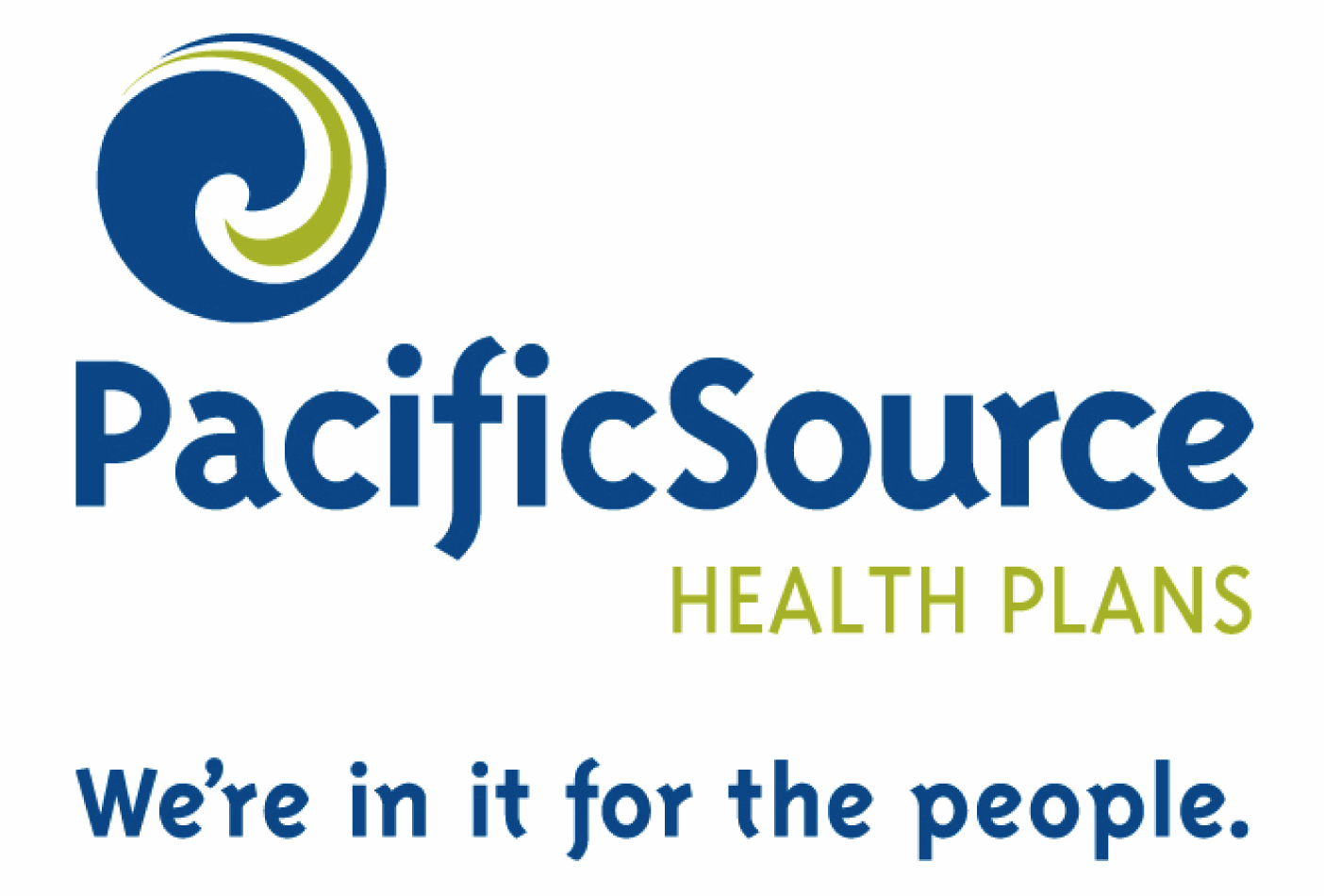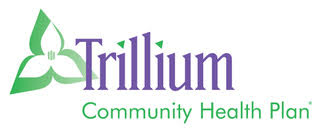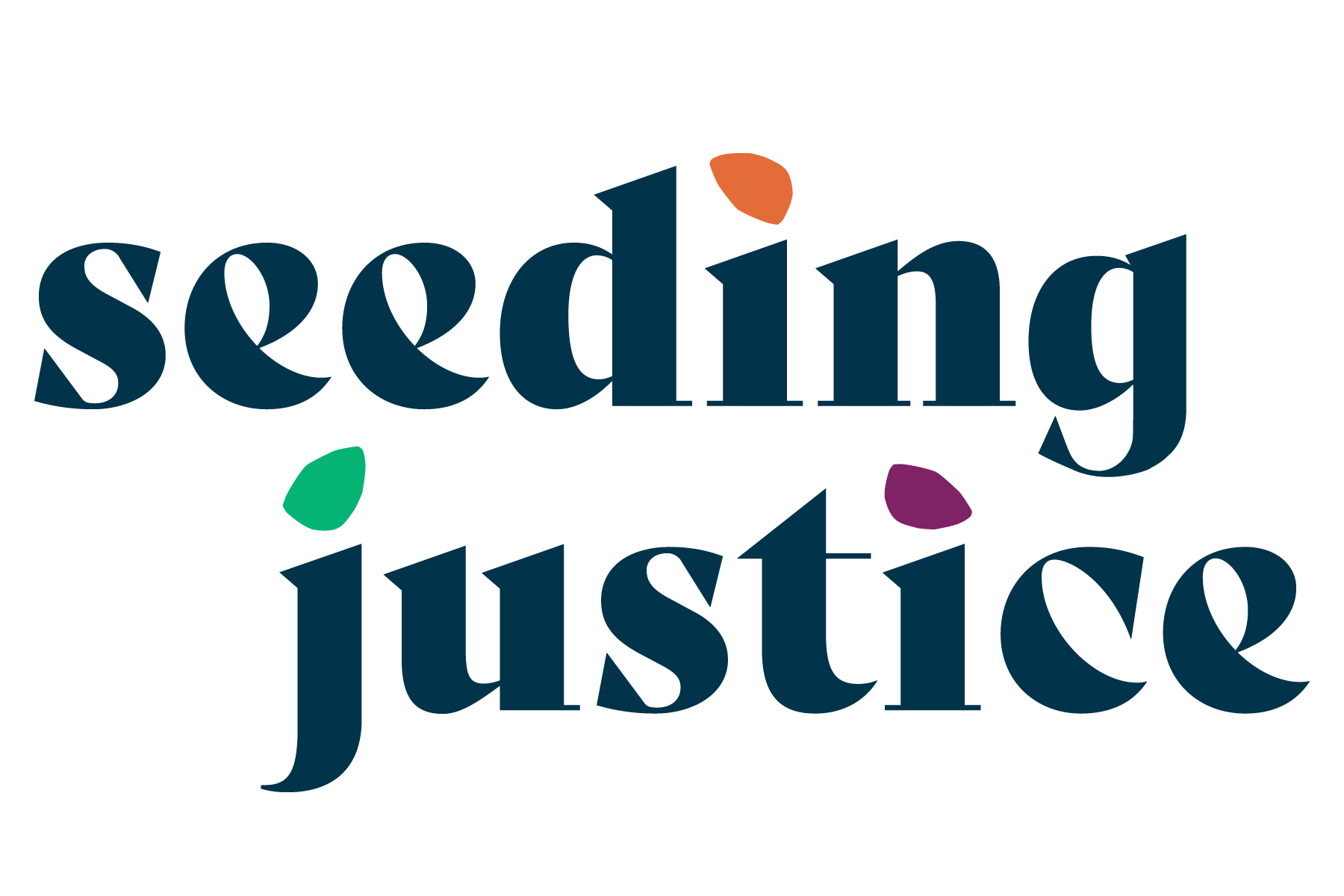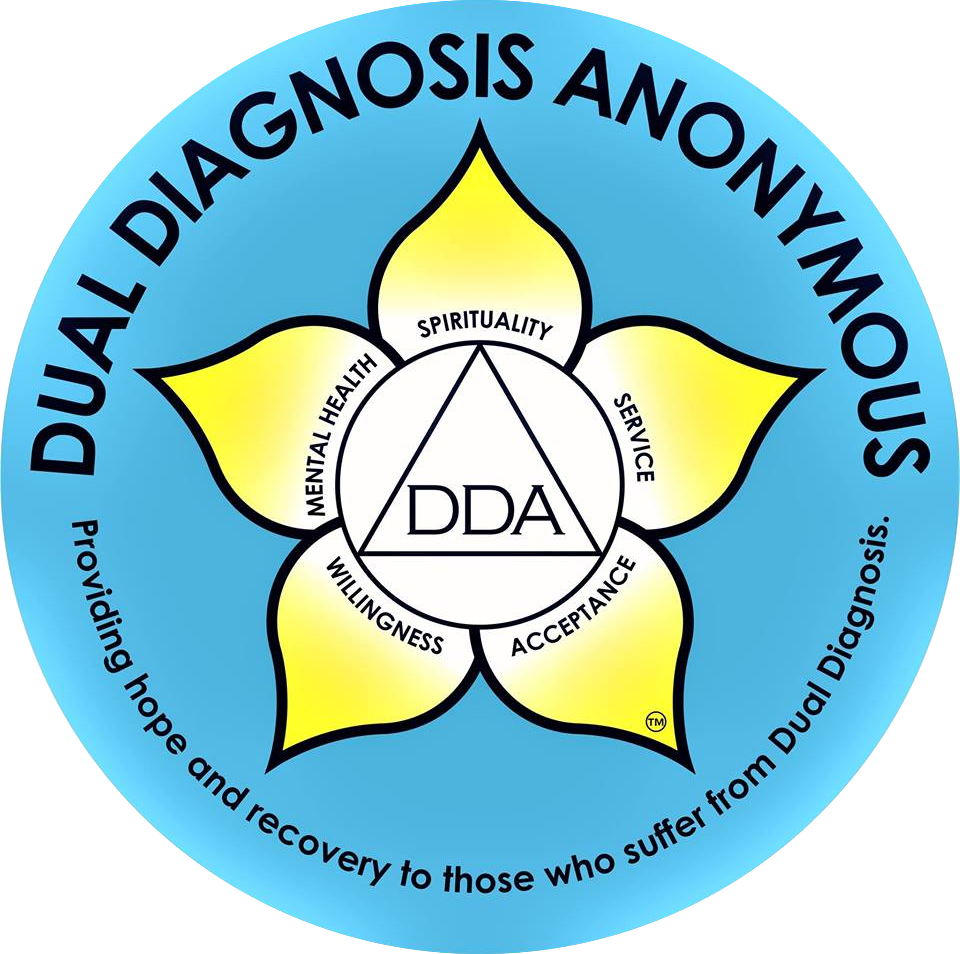Many of us are only one step from being uninsured.
We have a system of “universal access” to health care today – it’s called the emergency room. When someone without coverage needs care, and they have nowhere else to go they go to the closest emergency room. They often wait until they are much sicker, and the cost of care is in an emergency room is much higher. But by federal law, emergency rooms cannot turn patients away who need care.
According to the U.S. Census Bureau
- 47 million people in the U.S. – almost one in seven Americans – were uninsured in 2005.
- Almost eight out of 10 of the uninsured are in working families
The uninsured don’t fit a simple, single stereotype. They come from every community, every neighborhood and every income level. A person may have coverage today and none at all tomorrow due to a job loss, a drop or reduction in work-based health coverage, a change in family status, or the death of the primary insurance holder. What would happen if you lost access to affordable health care for you and your family? Did you know that the inability to pay a medical bill is the second leading cause of personal bankruptcy; second only to job loss.
Of those without insurance:
- 60% reported problems paying medical bills.
- 27% reported struggling to pay expenses such as food, rent or heat.
- Almost half (44%) said that they were forced to use most or all of their savings to pay medical bills.
- 20% had run up large credit card debts or taken out a home equity loan to pay medical expenses.
We end up paying more, either in insurance premiums or taxes:
- People without insurance use the most expensive source of care when they need it – the emergency room – which adds unnecessary costs to the health system.
- The cost of care for the uninsured is shifted to people with insurance, in the form of higher premiums, co-pays and deductibles.
- Through this cost shift, the average person with insurance pays about $100 per month to cover the cost of care for the uninsured.
- Employers, faced with those higher premium costs, face difficult decisions to either pass rising costs on to employees, eliminate coverage for dependents, or eliminate work-based coverage altogether.
So the current structure of the US health care system results in higher taxes, lower wages, increased health care costs and, often the inability to get timely access to needed care.
We Can Do Better. Together we can create a rational system that is fair, affordable and accessible. Join us in moving toward health care for the 21st Century.
(See this fact sheet (PDF) prepared in 2005 by the Kaiser Commission on Medicaid and the Uninsured, which describes the top ten myths about the uninsured.)
__________________
Other options for information:
1) Still trying to learn the lingo? Check out this set of of resources to help keep you in the loop.
2) If there is something else you want to know about send us a question here.










Recent Comments